Description
Carrot Flyaway F1 Plant
Carrot Flyaway F1 Plant has good resistance to the carrot root fly. It is not immune but is not so attractive to the egg laying flies and the maggots quickly die minimizing the damage caused. It has a nice flavour and good, medium-sized roots.
Cultivation advice For Carrot Flyaway F1 Plant
- Opt for well-draining, loose soil. Remove debris and stones that could impede root growth. Aim for a pH level between 6.0 and 6.8 for optimal growth.
- Plant the seeds directly in the ground, about a quarter to a half-inch deep. Space the seeds according to the instructions on the seed packet.
- Keep the soil consistently moist during germination and early growth stages. Avoid overwatering, as excessively wet conditions can lead to rot.
- As the seedlings grow, thin them to the recommended spacing to provide ample room for proper root development.
- Ensure the planting area receives plenty of sunlight, ideally 6-8 hours per day, for healthy foliage and root growth.
- Apply a light layer of mulch to regulate soil temperature and retain moisture. Keep the area around the carrots free from weeds to reduce competition for nutrients.
- Carrots generally do not require heavy feeding. Prior to planting, incorporate compost or a balanced fertilizer into the soil. Avoid excessive nitrogen, as it can result in lush foliage at the expense of root growth.
- Carrot Flyaway F1 is resistant to carrot fly, but it’s still advisable to monitor for other pests. Employ row covers or companion planting strategies to further deter pests naturally.
- Carrot Flyaway F1 typically matures in around 70-80 days. Harvest when the carrots reach the desired size and color. Gently pull them from the soil, taking care not to damage the roots.
- After harvesting, remove the tops and store the carrots in a cool, humid environment to maintain freshness. Refrigeration or a root cellar are suitable options for storing carrots.
- Maintain consistent moisture levels throughout the growth cycle. Carrots prefer even watering, especially during the early stages of development.
- When thinning the seedlings, use scissors to trim off the excess plants rather than pulling them out. This minimizes root disturbance for the remaining plants.
- Apply a thin layer of mulch around the carrot plants to conserve moisture, regulate soil temperature, and inhibit weed growth. Avoid heavy mulching directly on top of the young seedlings.
- Regularly check the developing carrots for any exposed parts above the soil surface. If you notice any, gently cover them with soil to prevent the development of green shoulders, which can lead to bitterness.
- Ensure the soil is adequately prepared before planting. Carrots require loose soil to grow straight, so work the soil to a depth of at least 12 inches to encourage proper root growth.
- Consider planting seeds in successive intervals to achieve a staggered harvest, ensuring a continuous supply of fresh carrots.
- Optimal germination occurs in soil temperatures between 50°F to 85°F (10°C to 29°C). Cooler temperatures might slow germination, while higher temperatures can affect the germination rate.
- While Carrot Flyaway F1 has natural resistance to carrot fly, monitor for other pests and diseases. Employ organic pest control methods if necessary, and promptly address any issues to prevent further infestation.
- Taste-test carrots to determine the best time for harvest. Often, carrots harvested when slightly smaller can be sweeter and more tender than larger ones.
- By incorporating these additional strategies into the cultivation of Carrot Flyaway F1 plants, you’ll create an environment that supports their growth while taking advantage of their natural resistance to carrot fly infestations.

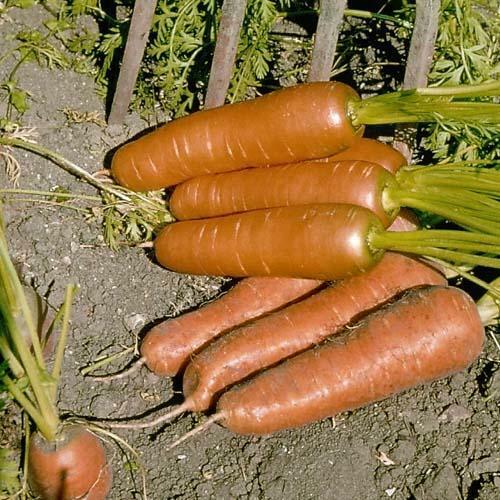
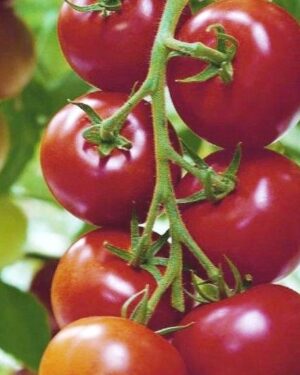
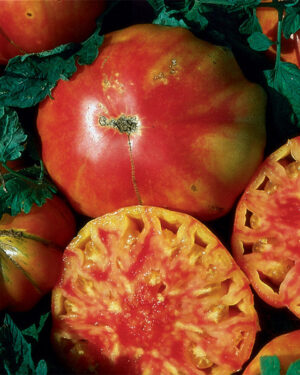
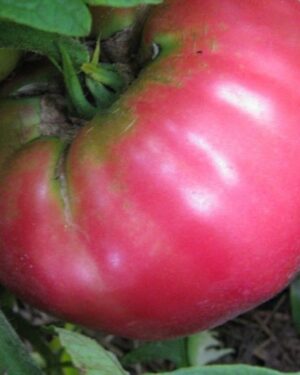



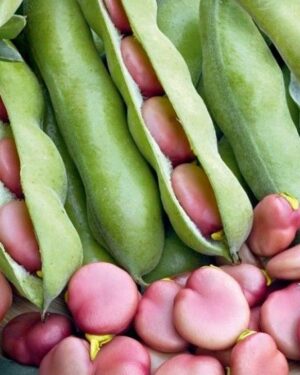
Reviews
There are no reviews yet.